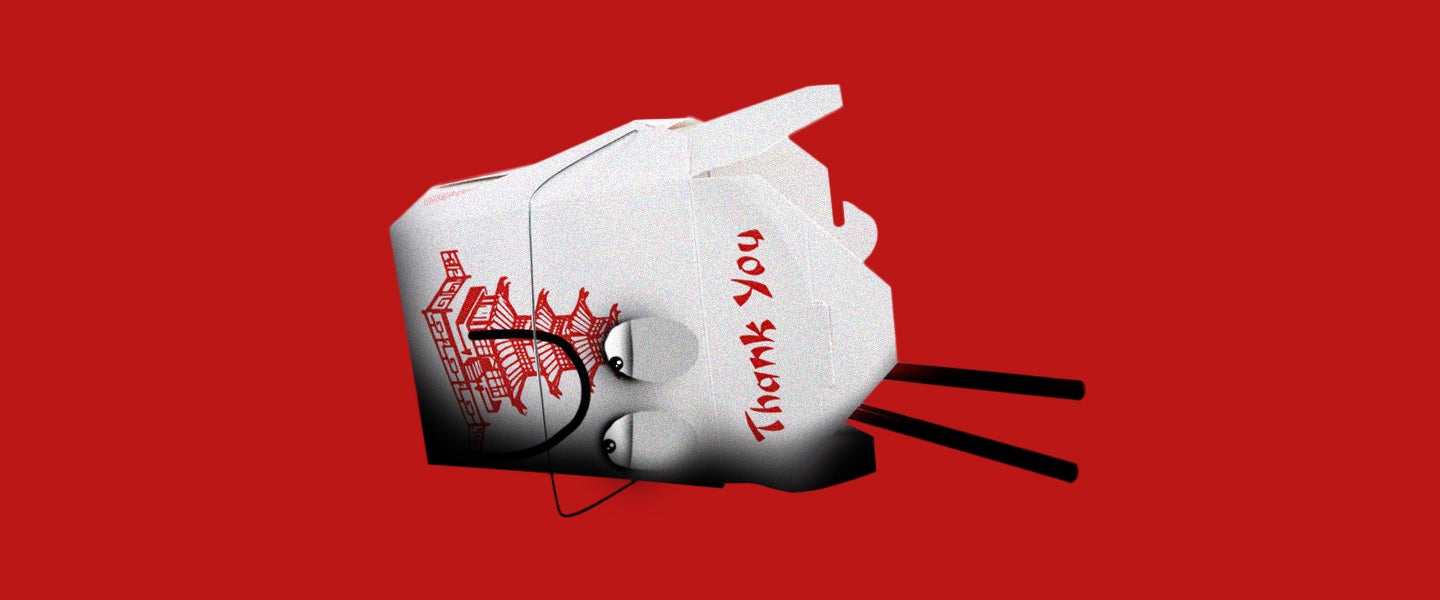The winter of my first year in college, my life was colored by two major obsessions: my own inadequacy and Panera’s creamy tomato soup in a bread bowl.
I spent my time scrolling through Instagram and wondering why I hadn’t made enough friends (because I didn’t really participate in any extracurriculars besides binge drinking) and wasn’t killing it academically (because I skipped non-mandatory lectures and refused to buy textbooks). I filled out a transfer application to the University of Hawaii and when I wasn’t choking down dining hall food, I would trudge three blocks off campus to the local Panera and order the only thing I could bring myself to feel hungry for: the aforementioned soup in the aforementioned bread bowl.
It’s obvious to me now that I was both dumber and smarter than I gave my 18-year-old self credit for. Dumber, because I chalked up my now-obvious depression to a personal failing instead of the recurring bout of Seasonal Affective Disorder I was actually experiencing. But kind of genius, actually, because I inadvertently discovered a near-perfect depression meal in the process.
What exactly is a depression meal? The definition is a little nebulous, but much like the Supreme Court’s definition of pornography, you know one when you eat one. In terms of preparation, a depression meal is either incredibly easy to make at home, like boxed mac and cheese or a microwavable burrito, or incredibly easy to obtain from a chain eatery, like White Castle sliders or Wendy’s Rich and Meaty Chili. Either way, it’s gotta be cheap, high-calorie and soft. The only flaw in my Panera bread bowl fixation was the fact that it cost me around $12 a pop.
Me: I should really eat a proper meal or something ,, might just get-
Depression: we have food at home ?
Food at home: pic.twitter.com/97JNSqQMrA
— imperatwhore (@Melon_Cora) April 25, 2019
A depression meal is almost always eaten alone — and never in public. It tends to be the “wrong” amount of food, either too much or too little. Ideally, you can eat your depression meal in bed without fear of crumb-related repercussions, but odds are some part of the consumption process will involve slurping and/or dripping. Think “comfort food” that would make an outside observer deeply uncomfortable.
Ian Cohen, a dietitian who works in residential treatment for eating disorders, says he often sees patients dealing with depression at the same time as disordered eating, so the ties between abnormal food choices and mental health struggles are familiar to him. “The main difference between the work I do and any given 12-Step program is that just about any 12-Step program is based on abstinence,” Cohen tells me. “You can live a healthy and normal life without ever gambling, drinking alcohol or doing drugs, but everyone needs to eat. And with depression, eating can go both ways, because there are some folks who are who are so depressed they can’t eat, and others who are so depressed that they do nothing but eat.”
Studies reinforce what Cohen says, as could anyone who has ever eaten four mandarin oranges for dinner. In particular, research has shown that depression is associated with changes in dietary intake — with surprise, surprise, an uptick in the consumption of snack foods and fast food — and fluctuations in appetite. Additionally, sharing food photos on social media has a demonstrable positive impact on a diner’s experience, at least from a retail perspective.
This could be why depression meals have found a particularly well-populated niche in the realm of internet discourse. The phrase “depression meal” has been floating around online for a few years — though the phenomenon has never quite reached full-on meme status (too niche? too dark?) — and has become common enough to carry connotations for many who have spent a significant amount of time being sad online.
Depression meal banana sandwich ?? pic.twitter.com/JkRqVuj3xr
— ?˗ˏˋuıʍʇʎdəəɹɔˎˊ˗?King of the Reply Guys?️? (@creeptwin) April 11, 2019
The submission-based Depression Meals Tumblr account has more than 3,200 posts, which include delicacies such as “7 pickles and some lukewarm watermelon juice at 1 a.m.” and “lasagna noodles with butter.” The Facebook group Depression Meals: Gone Wild, created in 2017, now has just over 70,000 members who update the group daily with their grainy shots of ramen and plain tortillas accompanied by captions that chronicle breakups, relapses, pet deaths and other personal tragedies.
But there’s also a certain levity to the label “depression meal” that separates these communities from the more distressing corners of the food-related internet. Posting about a depression meal is less about seeking a solution to unhealthy eating habits than it is about commiserating or self-deprecation. Having a 7-Eleven burrito for lunch every day for two weeks straight is definitely sad — but it’s also pretty funny!
Papi Chulomin, the YouTuber who founded Depression Meals: Gone Wild, says that he started the group for personal reasons and didn’t anticipate how much it would grow. “It wasn’t meant to be anything serious,” he writes over email. “[It was] just something I created for fun and to distract me when I was going through a really rough time.”
He’s particularly appreciative of the sense of community it’s fostered over the last 18 months. “I’m proud that it went from being purely a shitposting group to an actual community (that also shitposts),” he says. “Obviously, there are other food groups and other mental health support groups out there, yet this one somehow managed to combine the two and forge its own identity. People love it and are proud to be a part of it. In the end, posting about food gives us an excuse to talk about things we normally wouldn’t. And that’s great because mental health is something that can’t be talked about enough.”
Contrast this atmosphere with the pro-anorexia blogs of yore. Birthed in toxic corners of platforms like Tumblr, pro-ana accounts egg on each other by posting extreme calorie-restriction guides, tracking their “progress” toward dangerously low “goal weights” and share “thinspo” — images that tend to depict rail-thin women with protruding hip bones, visible collarbones and countable ribs in various pale hues.
Though Cohen says the patients he works with are more likely to cite Instagram as a source of “compare and despair” agony than any pro-ana source, he adds that he doesn’t see depression meals as the same kind of malevolent force as pro-ana content. (It’s also worth noting that Instagram has less than a thousand posts tagged #depressionmeal or #depressionmeals.) “People who are anorexic tend to show a lot of perfectionist, high-functioning tendencies,” Cohen says, qualities that lend themselves to the careful, harmful documentation that proliferates on pro-ana blogs. Posts about depression meals, on the other hand, are less instructive than they are performative.
“There isn’t the same kind of dark humor in pro-ana websites,” Cohen explains. “The stuff you see there is legitimately frightening. [With depression meals], there’s a desire for communication or community in its own, maladaptive way. Just like, ‘Oh yeah, it is like that sometimes.’”
Cohen also stresses that depression meals — or any kind of dietary disruptions that coincide with periods of less-than-stellar mental health — are nothing to be ashamed of, or particularly concerned about. “The damage that can be caused from a day or two of abnormal eating patterns is, in my estimation, most likely negligible,” Cohen says. “All the foods that are mentioned, like Kraft Mac & Cheese, are all things that people can integrate into fulfilling diets. It comes down to looking at the root of what’s driving this sort of stuff.”
In a way, depression meals could even be cast as a bizarro form of intuitive eating, the increasingly popular concept that the best thing you can do diet-wise is to feed your body what it feels like eating — no more, no less. “The work is to take the judgement out of it,” Cohen says. “The fear and the guilt surrounding food is that there’s a lot of confused, contradictory information about what you need to eat, or the idea that you need to eat anything.”
Basically, all the depression meal chefs out there need not worry: The occasional Frankensteined bowl of cheesy surf ‘n’ turf ramen (or a bowl made out of bread) isn’t going to do any serious damage, even if it isn’t particularly pretty.
Bon appetit.

